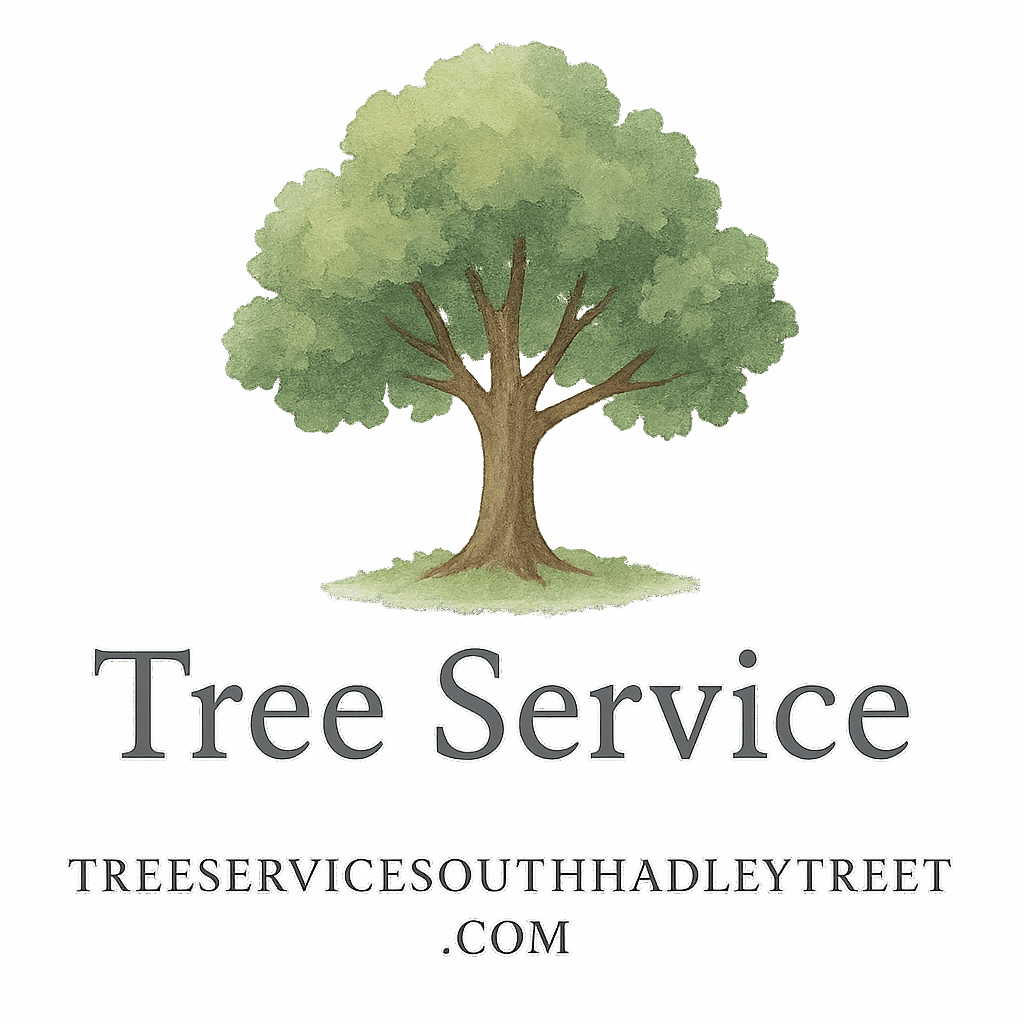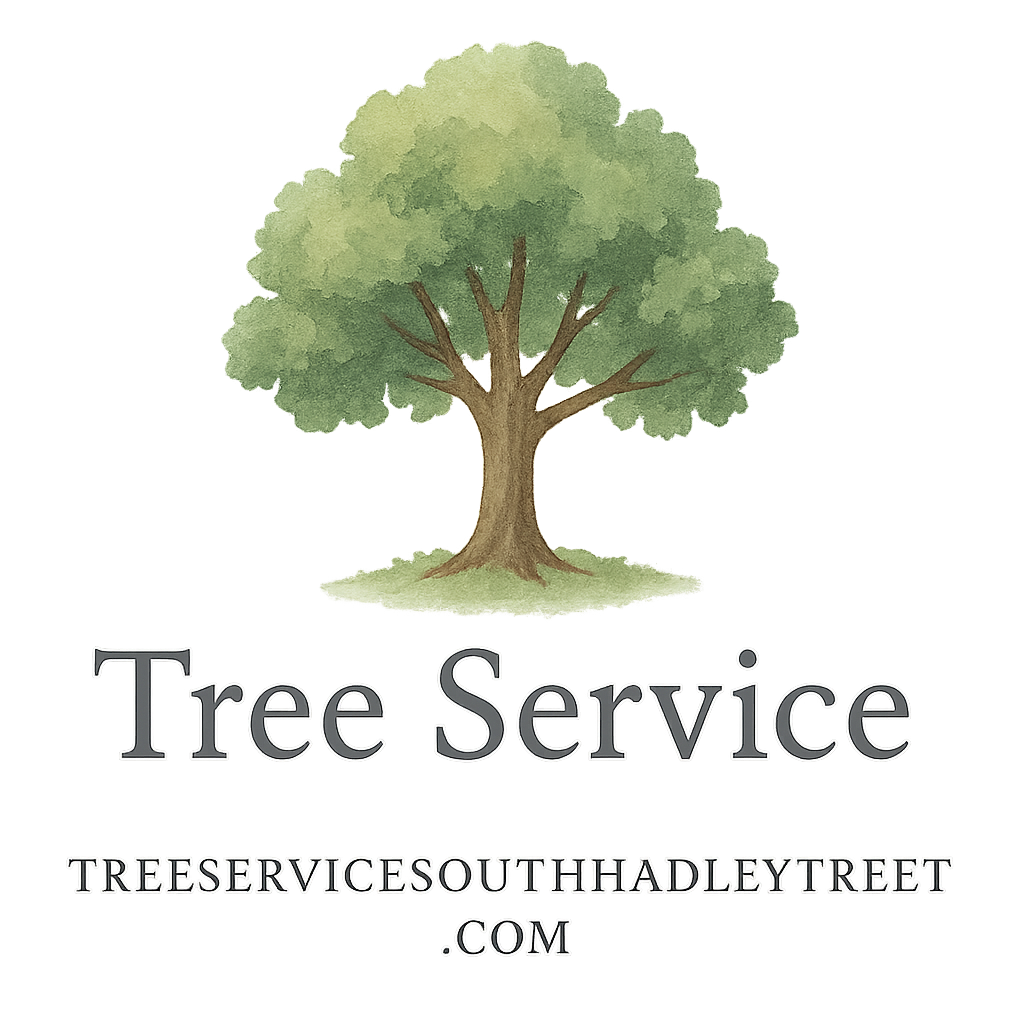Let’s be real—overgrown trees aren’t just an eyesore. They can cause serious issues to your yard, your home, and even your safety. The good news? You don’t have to wait for tree limbs to start crashing down before you take action. With the right tree service methods to prevent overgrowth issues, you can stay ahead of the game and enjoy healthy, well-maintained trees year-round.
In this guide, we’ll walk through six proven strategies to prevent tree overgrowth and keep your landscape thriving.
Why Tree Overgrowth Shouldn’t Be Ignored
You might think of overgrowth as simply “a few extra branches,” but it’s way more than that. Overgrown trees can:
- Block sunlight to other plants
- Create hazards near power lines and roofs
- Invite pests and disease
- Cause structural damage during storms
That’s why it’s important to get proactive with your tree care and explore the best tree service methods to prevent overgrowth issues.
Explore the basics of tree service to understand why early intervention matters.
Common Signs of Tree Overgrowth
- Dense canopy blocking light
- Branches crossing or rubbing
- Tree limbs touching structures
- Unusual leaning or weight distribution
- Frequent falling twigs or dead wood
If any of these sound familiar, it’s time to take action.
Method #1: Regular Tree Trimming
Trimming is your first line of defense against overgrowth. By selectively cutting branches, you shape the tree’s growth and maintain structural integrity.
Check out our tree removal and trimming services for expert help.
How Often Should You Trim Your Trees?
Most trees benefit from an annual trim, but some fast-growing varieties need it every 6 months. A certified arborist can create a plan tailored to your trees’ species and age.
Benefits of Seasonal Trimming
Seasonal tree trimming, especially in spring and fall, offers these perks:
- Encourages healthy regrowth
- Reduces storm damage risk
- Improves tree aesthetics
- Helps spot early signs of disease
Explore seasonal tree service options to time your trimming right.
Method #2: Strategic Tree Removal
Sometimes trimming isn’t enough—especially when the tree is:
- Diseased beyond recovery
- Leaning dangerously
- Blocking construction or utilities
In those cases, removal is the smarter (and safer) move.
Learn about the best times for tree removal.
When Removal is Better Than Trimming
If the tree is interfering with structures, infected, or contributing to overgrowth in surrounding plants, trimming may only delay the inevitable. Save time, money, and risk by removing it early.
Hiring a Tree Removal Professional
Look for tree service providers that:
- Are licensed and insured
- Have solid reviews and credentials
- Offer free estimates and competitive pricing
Visit our page on tree service costs and hiring tips for a breakdown.
Method #3: Deep Root Fertilization
Fertilizing your trees may seem counterintuitive if you’re trying to prevent overgrowth. But trust us—it’s all about balance.
How It Prevents Overgrowth
When trees don’t get the nutrients they need, they may grow erratically, producing long, weak branches in search of food. Deep root fertilization strengthens the whole tree, encouraging balanced growth.
Learn more in our section on tree health and safety.
Pairing Fertilization with Soil Testing
Always test your soil first. Over-fertilizing can do more harm than good. Soil testing ensures you’re giving your trees exactly what they need—nothing more, nothing less.
Browse the checklist tag for a step-by-step fertilization prep list.

Method #4: Cabling and Bracing
This lesser-known method supports weak branches and guides how a tree grows. It’s perfect for trees with odd shapes or structural weaknesses.
Supporting Weak Branches and Growth Direction
Cables and braces are installed to:
- Prevent limb failure
- Encourage upright growth
- Reinforce split or damaged trees
Think of it like giving your tree a back brace to heal stronger.
Is Cabling Necessary for Young Trees?
Yes—especially for ornamental or fast-growing trees prone to leaning. Early support prevents future overgrowth headaches.
Explore more on tree prevention strategies.
Method #5: Regular Health Inspections
Tree overgrowth isn’t always visible. Sometimes it’s driven by unseen diseases or pests. Regular inspections are a must.
Diagnosing Tree Disease Early
From root rot to fungal infections, many diseases lead to irregular growth. An arborist can spot subtle warning signs and create a health plan that includes pruning, treatment, or removal.
Explore the tree disease tag for more insights.
Preventing Overgrowth from the Inside Out
Healthy trees grow consistently. Sick trees grow unevenly. Inspections help identify internal issues before they lead to wild overgrowth.
Need help? Visit the questions tag for a checklist to ask your local tree expert.
Method #6: Emergency Seasonal Tree Service
Growth tends to surge after spring rain or summer storms. Having a go-to emergency team can make all the difference.
Dealing With Storm Damage and Rapid Growth
Storms can break limbs, shift root systems, or cause stress that triggers unbalanced growth. Post-storm inspections and emergency pruning can prevent long-term problems.
Explore our storm damage solutions.
Planning Tree Maintenance by Season
Each season brings its own challenges:
- Spring: Inspect for winter damage, plan pruning
- Summer: Watch for pest issues and rapid growth
- Fall: Prep trees for snow loads
- Winter: Remove dead wood, plan removals
Get tailored seasonal tips from the seasonal tree tag.
Choosing the Right Tree Service Provider
Not all tree services are created equal. Ask the right questions and compare before you hire.
Questions to Ask Before Hiring
- Are you licensed and insured?
- Do you provide written estimates?
- Do you offer emergency services?
Check out the hiring tag and comparison tips to vet your next provider.
Understanding Pricing and Quotes
Tree service pricing can vary based on tree size, location, and urgency. Don’t just go with the cheapest—go with the most qualified.
Get more info on quotes and pricing breakdowns.
Conclusion: Keep Your Trees in Shape Year-Round
Dealing with overgrowth doesn’t have to be a chore. With these six tree service methods, you can keep your trees healthy, your property safe, and your landscape looking amazing.
Need professional help? Visit Tree Service South Hadley TNT ETS for expert care rooted in experience.
FAQs
1. What causes tree overgrowth?
Tree overgrowth can result from poor pruning, lack of nutrients, or stress from pests and weather.
2. How often should I hire a tree service?
Annually is a good rule of thumb, but fast-growing or storm-damaged trees may need more frequent care.
3. Can overgrowth harm other plants in my yard?
Yes! Overgrown trees can block sunlight and monopolize soil nutrients, hurting nearby shrubs and grass.
4. What’s the cost of regular trimming?
Costs vary based on tree size and location. Explore our pricing page for details.
5. Do I need a permit for tree removal?
In some locations, yes. Your local tree service provider can help you understand regulations.
6. What are signs of unhealthy tree growth?
Look for leaning branches, uneven canopy shape, or excessive dead limbs.
7. Is DIY trimming a bad idea?
Without proper tools and knowledge, it can be dangerous and ineffective. Always consider hiring tree service professionals.


